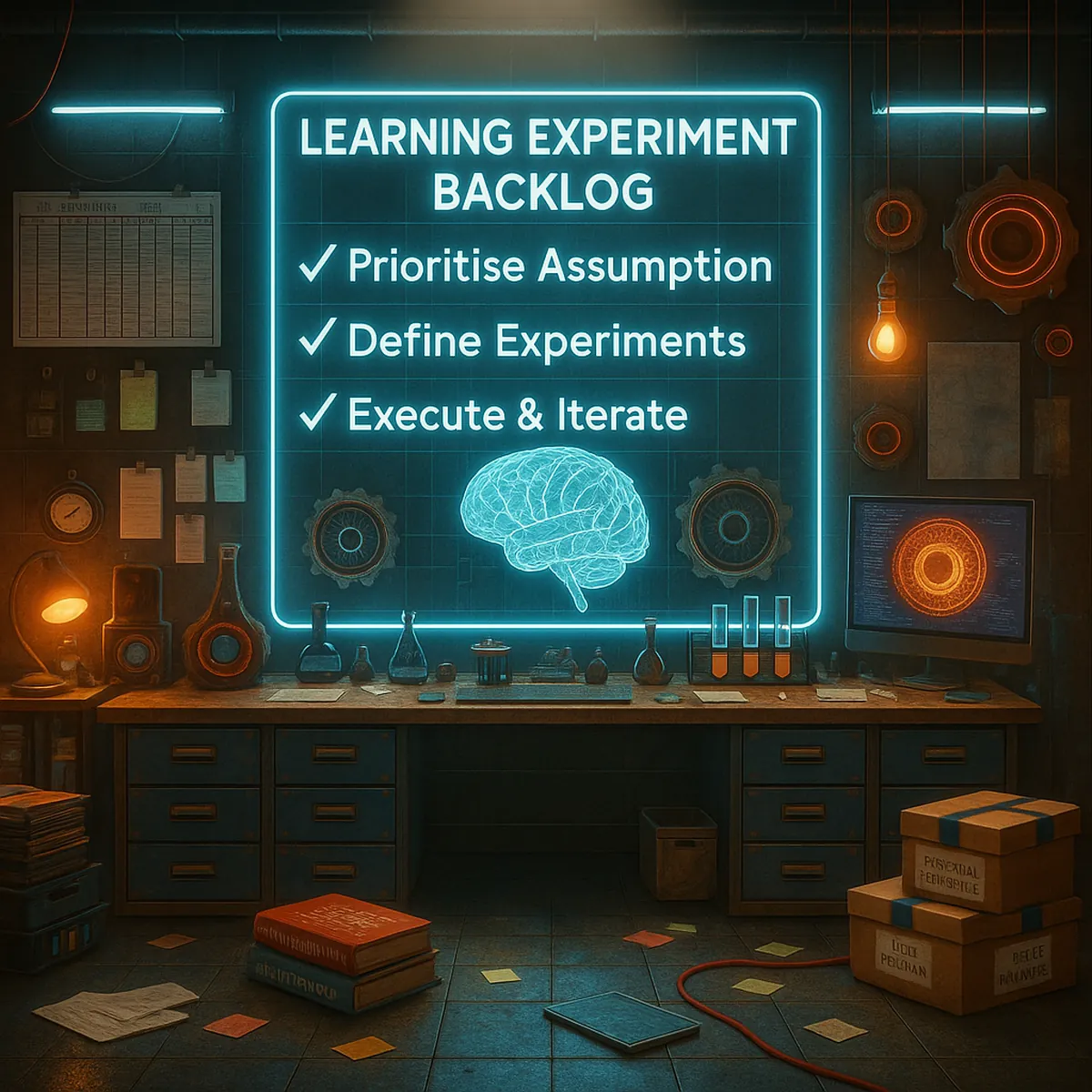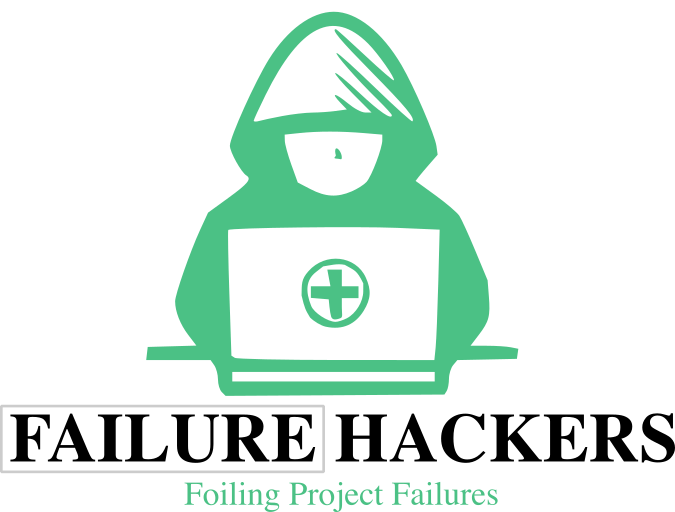Start foiling project failures join the list below for information
After Action Review (AAR) Made Practical

A Structured, Blameless Approach to Asking the Four Key Questions, Running Mini vs Full Sessions, and Turning Insights into Owned Actions In fast-moving organisations, learning is a competitive advantage. Teams that learn quickly from what has just happened — whether success, failure, or something in between — outperform teams that wait for end-of-year reviews, post-mortems,…
Building Your Personal Problem-Solving Playbook

A Step-by-Step Guide to Creating a Reusable Toolkit of Methods and Checklists In life, whether at work or in our personal lives, we inevitably encounter problems. Some are minor inconveniences, while others can feel quite overwhelming. The key to navigating these challenges is having a solid approach to problem-solving. By creating your own personal problem-solving…
Unleashing the Power of Generative AI for Problem Solvers

As we advance into the era of artificial intelligence, a new frontier of problem-solving emerges, challenging traditional methodologies and offering unprecedented opportunities for innovation. Generative AI stands at the forefront of this transformation, providing novel tools for ideation, pattern recognition, and decision support that redefine how we address complex challenges. This article delves into the…
Driving Successful Change

How to Use Force-Field Analysis with Diagrams and an Action Plan to Strengthen Driving Forces Organisational change can feel like pushing a boulder uphill—every gain comes with resistance. Whether you’re rolling out a new system, changing structures, or shifting culture, even the most necessary initiatives can stall if people and processes push back. That’s where force-field…
Mastering the Theory of Inventive Problem Solving Contradiction Matrix

A Simple Cheat-Sheet and Practical Examples for Business Challenges In all our worlds challenges arise daily. Innovation often requires us to think outside the box and tackle problems that seem contradictory or insurmountable. Enter the Theory of Inventive Problem Solving (TRIZ)—a methodology that can significantly enhance your inventive capabilities. This article aims to simplify TRIZ…
Making Better Assumptions

How to Capture Ideas and Create a Learning Experiment Backlog for Continuous Improvement Whether you’re managing a team, running a business, or launching a new product, making informed decisions is vital. One of the best ways to ensure that your decisions are backed by solid reasoning is through the capture and testing of assumptions. In…
Tools Models & Frameworks

The structures that turn problem solving into a repeatable craft When people talk about problem solving, they often focus on mindset — curiosity, persistence, creativity — or on people — teams, workshops, leaders. But when you strip away the noise, every great problem solver relies on one thing above all: structure. That structure takes the form of tools, models,…
Mindset Shifts Unlock Problem Solving

Mindset Shifts for Creativity, Calmness, Clarity, Collaboration, and Thinking Outside the Box Problem-solving is an integral part of both personal and professional life. However, how we approach these problems significantly influences our outcomes. By shifting our mindsets, we can unlock new pathways to creativity, maintain calmness under pressure, gain clarity, foster collaboration, and encourage innovative…

